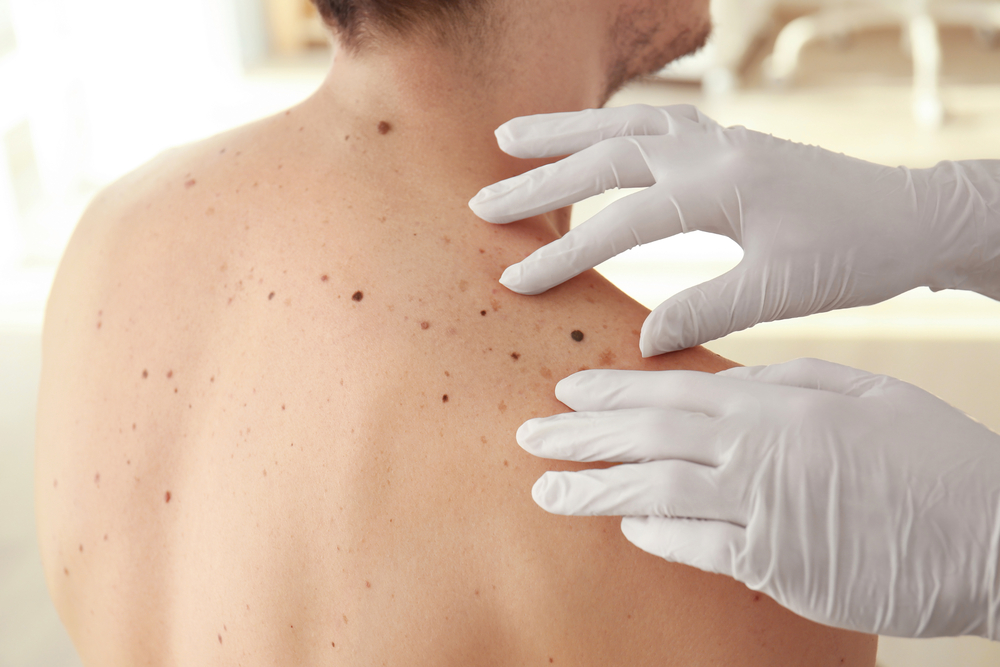Schedule a dermatologist specializing in mohs surgery for skin cancer treatment with high precision.
Schedule a dermatologist specializing in mohs surgery for skin cancer treatment with high precision.
Blog Article
Mohs Surgical Procedure Explained: A Trick Treatment in Dermatology for Handling Skin Cancer Cells Properly
In the world of dermatology, Mohs surgical procedure stands as a critical treatment for combating skin cancer cells, specifically basal cell and squamous cell carcinoma. This intricate surgical method, developed by Dr. skin cancer. Frederic E. Mohs, prioritizes the specific excision of cancerous skin layers, leaving healthy tissue unblemished. What precisely makes Mohs surgical treatment so efficient and just how does it contribute to favorable client end results? As we dive much deeper right into the process, its benefits, and potential difficulties, truth value of this procedure becomes increasingly noticeable.
Recognizing the Essentials of Mohs Surgery
Although it could appear facility, Mohs surgery is an exact medical technique made use of mostly to deal with skin cancer cells. The key goal of Mohs surgical treatment is to eliminate all cancer cells while saving as much healthy and balanced cells as possible. Its precision and high success price have made Mohs surgery a foundation in dermatology, providing hope to clients worldwide.

The Treatment: Step-by-Step Break Down of Mohs Surgical Procedure
While Mohs surgical treatment may seem daunting, recognizing the step-by-step treatment can help demystify the procedure. The treatment begins with the doctor removing a thin layer of noticeable malignant skin. This layer is then thoroughly examined under a microscope for cancer cells. If cancer cells are identified, the surgeon eliminates an additional layer of skin and the procedure is duplicated. This cycle continues until no more cancer cells are located, guaranteeing the full elimination of cancer cells while protecting as much healthy and balanced skin as possible. The injury is after that closed making use of stitches, a skin graft, or it may be entrusted to recover naturally. Postoperative care is vital to advertise recovery and display for any type of indicators of reoccurrence.
The Advantages of Mohs Surgery in Skin Cancer Treatment
An excellent number of clients have actually uncovered the special advantages of Mohs surgery in their battle against skin cancer. The procedure is generally done on an outpatient basis under regional anesthetic, making it less taxing on the body than more intrusive surgical treatments. chemical peel. Mohs surgical treatment presents a superior alternative for efficient skin cancer cells therapy.
Possible Dangers and Difficulties Connected With Mohs Surgery
Regardless of its many advantages, Mohs surgical treatment is not without possible threats and issues. In rare situations, patients might experience nerve damages, leading to pins and needles or weak point in the area of surgery. The psychological effect of a skin cancer cells diagnosis and subsequent surgery ought to not be ignored, as it can lead to anxiousness and anxiety in some people.
Preparing for and Recovering From Mohs Surgical Treatment: What to Expect
To make sure the most effective feasible outcome from Mohs surgical treatment, patients need to sufficiently get ready for the treatment and comprehend what to anticipate throughout healing. Preparation Going Here normally entails a thorough discussion with the doctor regarding the person's case history, present medicines, and possible allergies. Some drugs could require to be stopped before the surgical treatment to decrease bleeding. Postoperative care is important for successful healing. People may experience moderate pain, soreness, or swelling, which can be taken care of with prescribed medications. They are recommended to rest, prevent exhausting tasks, and maintain the medical site tidy and dry. Regular follow-ups are required to check recovery and spot any type of difficulties early. The key to recovery is patients' adherence to their medical care provider's instructions.
Conclusion

Report this page